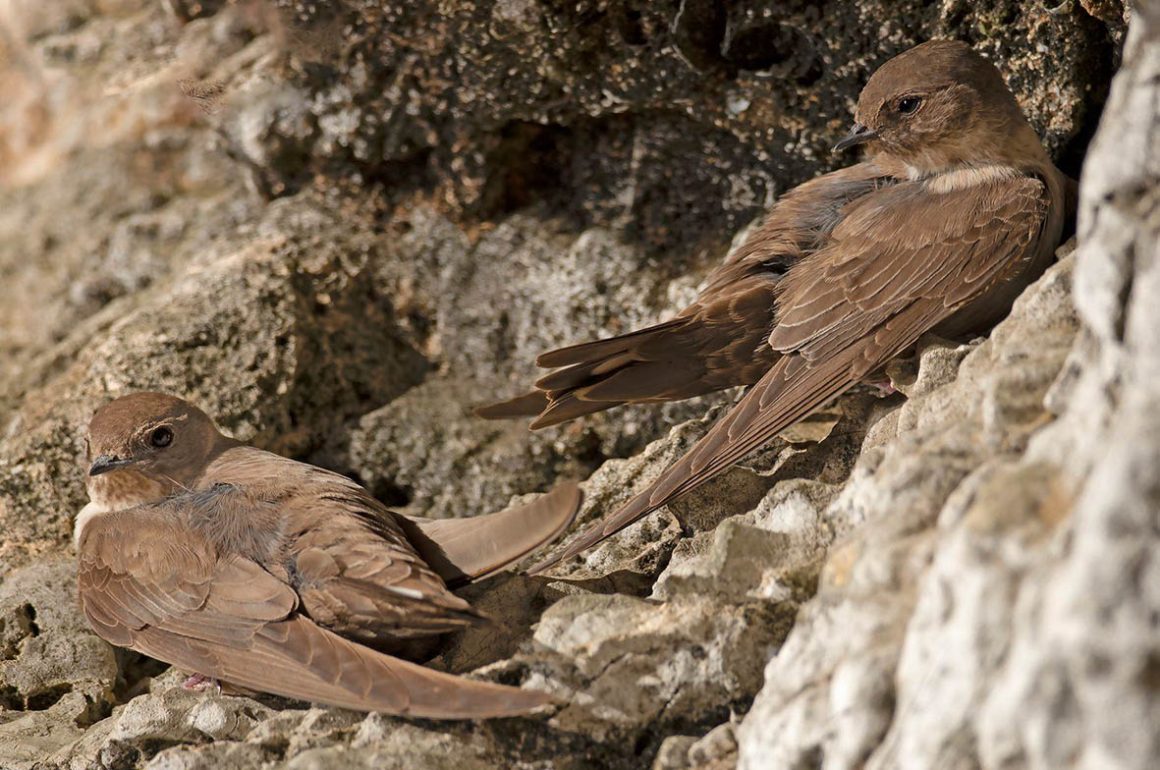
I’m sitting on the edge of the Doñana wetland in south-west Spain. The sea mists have driven into the coast but it’s mild. As the day wakes up, birds start flitting in the bushes around me. It’s a few minutes before sunrise but, already, the Chiffchaffs (Phylloscopus collybita) are actively jumping at unsuspecting insects in the bushes. There is no time to waste.
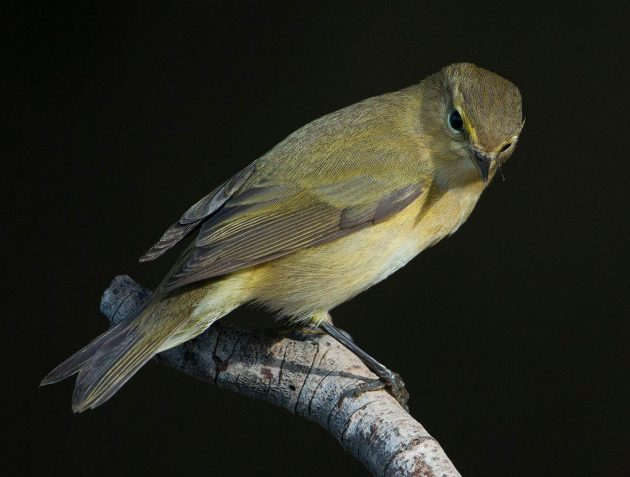
I look around and there are a few Shovelers (Spatula clypeata) sitting on the water, paired up, the males in splendid breeding plumage. Further out is a flock of Pochard (Aythya ferina) and, in between them, a pair of White-headed Duck (Oxuyra leucocephala).
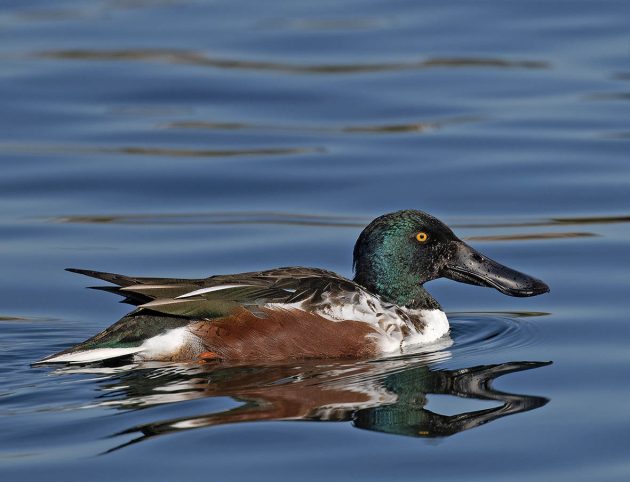
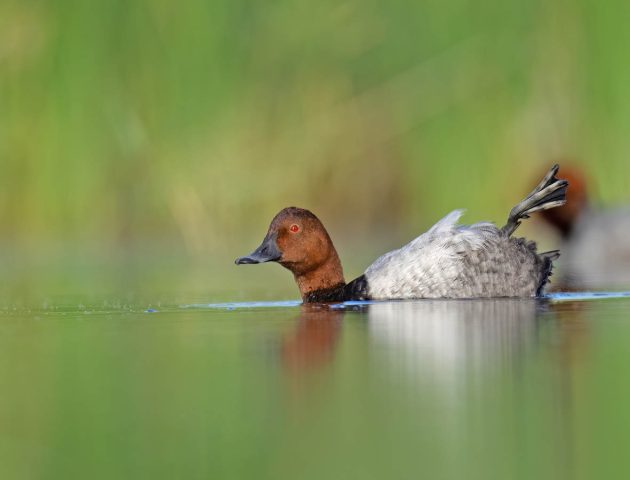
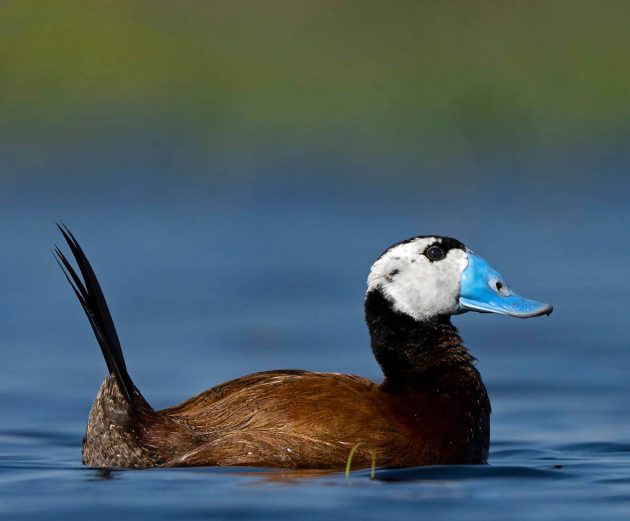
We are not far from the coast here and the tide is rising. This pushes flocks of Mediterranean Gulls (Ichthyaetus melanocephalus) and Black-headed Gulls (Chroicocephalus ridibundus) inshore and they come in to bathe in the freshwater of the pond I’m watching. Lesser black-backed Gulls (Larus fuscus) join the action. The sun has risen and the Chiffchaffs start flycatching, flying up from the bushes to catch insects, no longer in the vegetation but, instead, in mid-air.
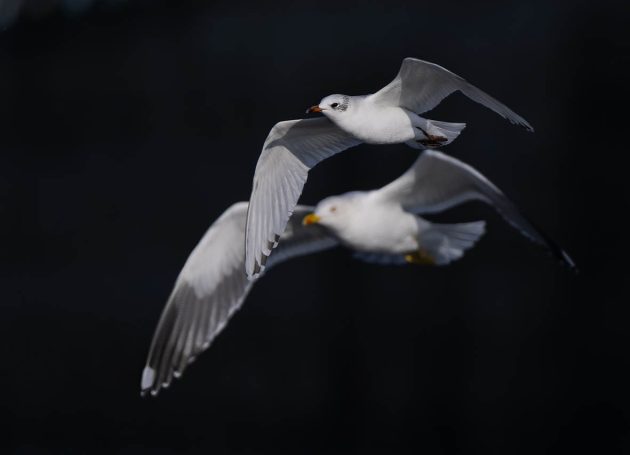
The mild early morning temperatures, not having gone below 12oC, are rising fast. By mid-afternoon we have reached 20oC. Familiar shapes glide over the water and start doing their own version of flycatching – this time not by jumping from the vegetation but by swooping low over the water from the sky. They are Crag Martins (Ptyonoprogne rupestris), maybe twenty of them. They may be wintering birds which will head north in March but, here and now, they are exploiting a boom. The autumn rains have raised the water levels and the mild temperatures turn the marshes into breeding grounds for mosquitoes and other insects. This is Crag Martin paradise.
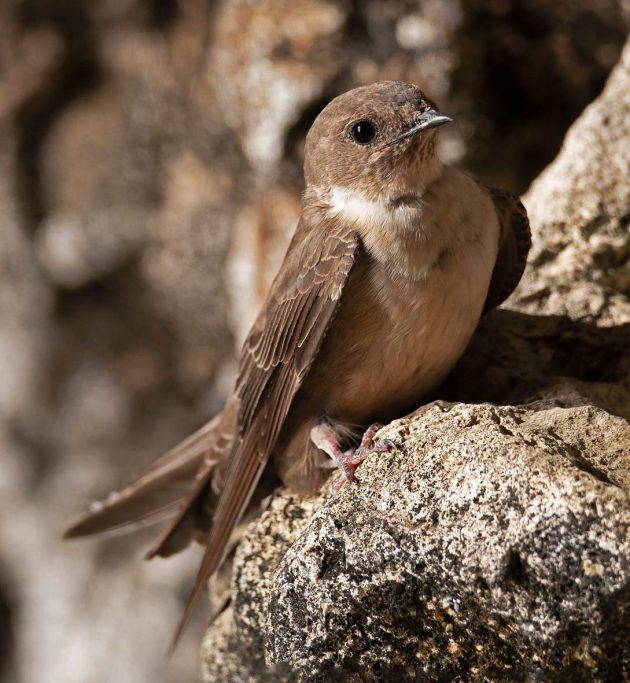
As the afternoon proceeds, we realise that this is really hirundine paradise. Within a few minutes we have Barn Swallows (Hirundo rustica), House Martins (Delichon urbicum) and Red-rumped Swallows (Cecropis daurica) joining the Crag Martins. Only Sand Martins (Riparia riparia) are missing to complete the European hirundine species list. Read any field guide and these hirundines are all meant to be in tropical Africa right now but that is just a northern European generalisation founded on speculation. Down here spring has arrived. The days are lengthening, there is water and it’s mild. Importantly, there is food everywhere and the hirundines are back to exploit the bonanza.
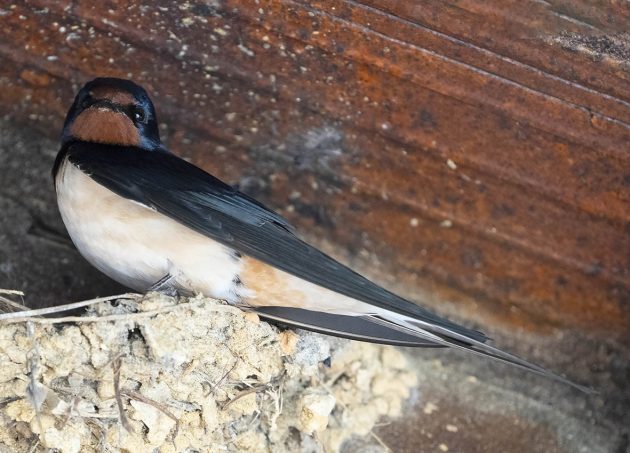
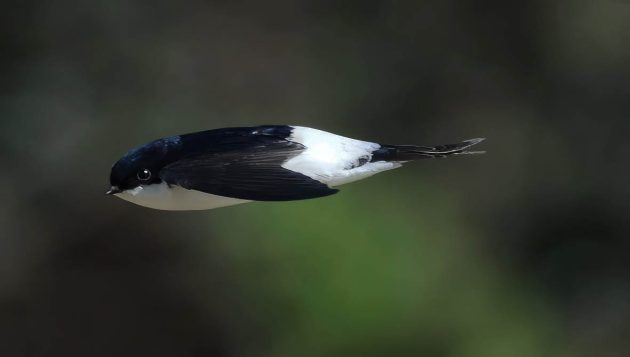
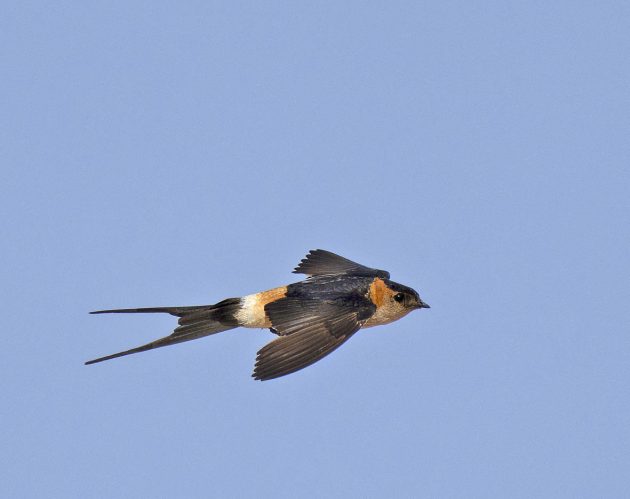
We look up above the feeding hirundines and the diagnostic shape of Little Swifts (Apus affinis) catches our eye. We have a colony not too far away and these birds are resident. Europe’s only resident swifts! Is this global warming? No. These birds have been doing this for a long time. I have seen January Swallows all my life and there is nothing to suggest that anything has changed. It’s just that nobody has looked at it this way. There are records of over-wintering hirundines in south-western Iberia, but these are not wintering birds. For these birds, this is spring and they are returning to make the most of the insect bounty.
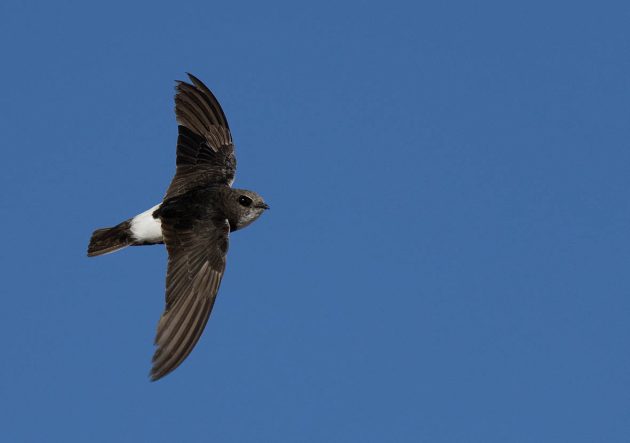
I’m heading back home and I see White Storks (Ciconia ciconia) back on their nests. A little further down a Black Stork (Ciconia nigra) flies low past me on the side of the road. Another arrival. News gets to me that a Black Kite (Milvus migrans) and an Egyptian Vulture (Neophron percnopterus) have been seen in the area. It all adds up to confirm that, in these latitudes, spring has arrived.
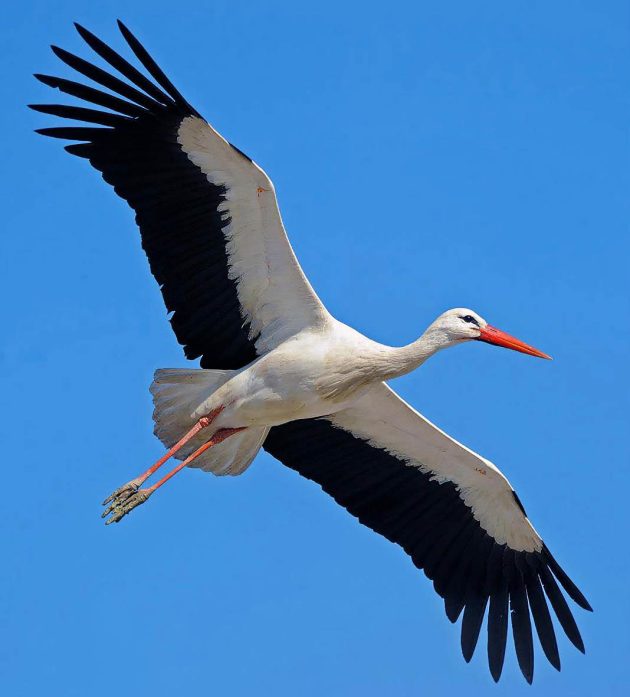
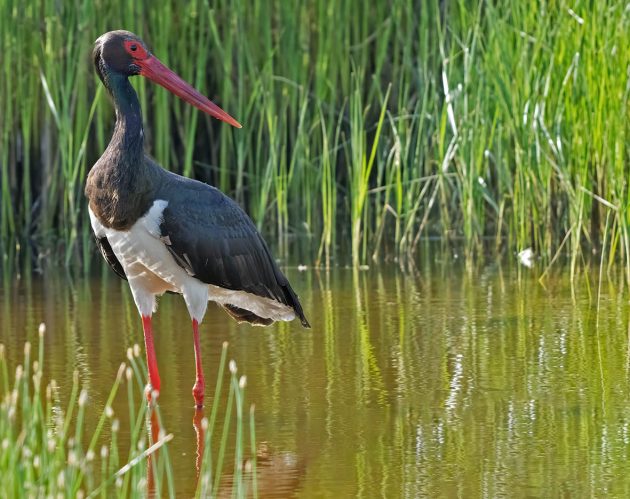
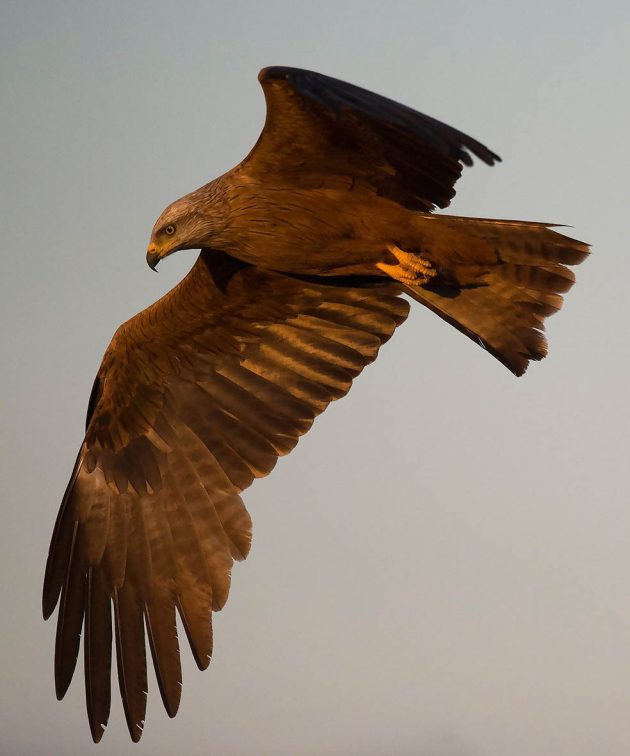
Black Kite
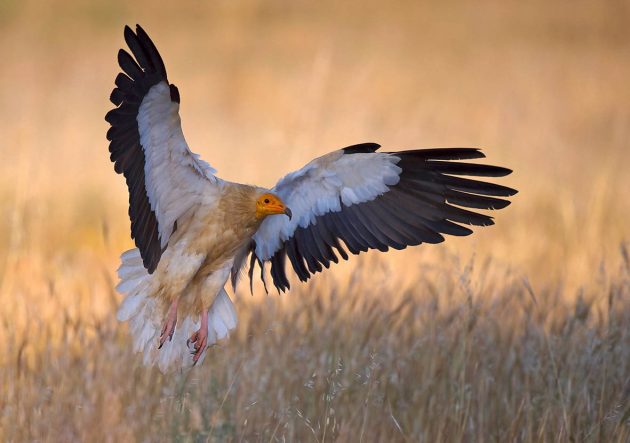






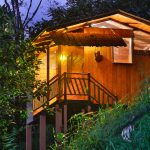
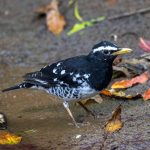
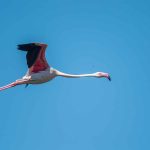
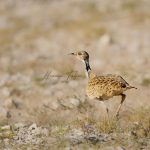
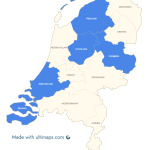
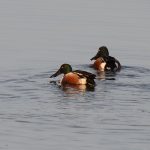
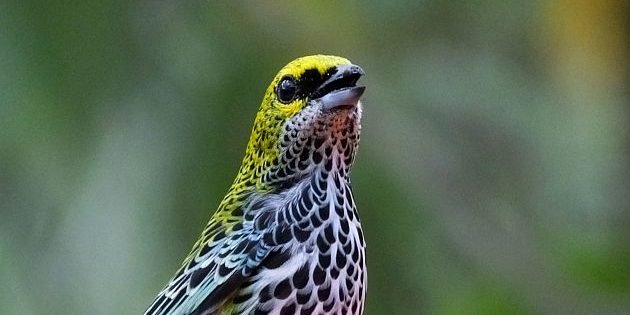
Spring arrives so early – you are lucky! I get vulture envy, as usual …
Cuánto conocimiento y cuanto entusiasmo por la naturaleza en artículo
In the meantime, I will turn up the heat a bit. No swallow to be seen in Rotterdam yet… I miss the Iberian spring.
Spring? It was -7degC here in Suffolk yesterday morning, with a very hard frost. However, it’s good to read about swallows and martins not so very far away, though it will be several weeks before any appear here.
Here in sw Florida, the early migrants are arriving and each month has new treats. Courtship has started. Our neighbourhood Osprey are already nesting. I love that I get to have spring here and back home, where the birds will be in breeding plumage.